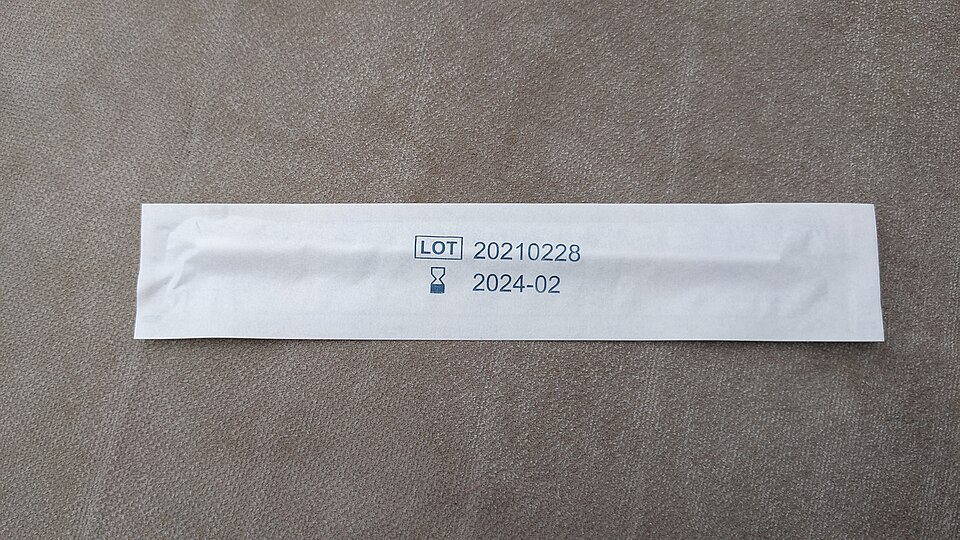A New York City woman, uncertain about her baby’s paternity, turned to a DNA test to bring some clarity. The results indicated a 99.9% probability that a man from her brief fling, not her fiancé, fathered the baby. Trusting the outcome, she decided to end the pregnancy at five months.
“I decided to save my marriage,” she explained to investigators. “I was already five months pregnant.” Faced with this difficult situation, she decided to terminate the pregnancy. Four months later, DNA Diagnostics Center contacted her with new information. An error had occurred in their lab. A corrected report revealed the other man had a 0% chance of being the father. DNA testing ultimately confirmed her fiancé as the biological parent.
Paternity Test Leads to Life-Changing Decision
The expectant mother, who requested to be anonymous for privacy concerns, had been planning a future with her fiancé when doubts came about her pregnancy. The question of paternity became urgent, pushing her to seek definite answers through genetic analysis.

She chose DNA Diagnostics Center, which promotes itself as “the World’s Leading Relationship DNA Testing Center,” having performed over 20 million tests since 1995. The company’s standing and the perceived reliability of genetic testing boosted her confidence in the process.
Yet warning signs appeared early. Strangely, the company directed her to a Bronx location that primarily operated as a beauty salon offering various cosmetic services. “If you’re going in to ask for a paternity test, you don’t want to go do that in front of people who are getting their hair done,” stated Craig Phemister, her attorney.
Despite these concerns, she followed the procedure, trusting the lab’s professional credentials. Ultimately, the results that falsely claimed her fiancé wasn’t the father shattered her life.
An Impossible Choice
Trusting the 99.9% probability figure in the test report, the expectant mother confronted an unimaginable situation. Well into her second trimester, she chose for abortion to salvage her relationship.

This decision shattered her life. “You took away the family I could have had. This was the person I was marrying. This is the person I wanted to build a future with,” she later admitted in an exclusive interview. “I took action because I believed these results. I thought this was something that was one hundred percent true. And it led me to the abortion.”
The Truth Emerges
Months after her procedure, the client received an unexpected message from the DNA Diagnostics Center. Their new report directly contradicted the first, eliminating any possibility that her brief fling fathered the baby.
This revelation arrived much too late. The abortion based on incorrect information had already damaged her relationship and psychological well-being. Nothing could undo the trauma she experienced. When reporters questioned the facility about the error, they offered no explanations about the mix-up. Instead, they released a general statement:
“Over the past 30 years, DDC has provided reliable and accurate testing to millions of customers. If any issue or concern is raised, we take immediate action, and DDC will perform a retest to validate the initial result. We have established industry-leading processes and best practices across our laboratory and company to ensure customers are rapidly notified of any issues and quality assurance steps are followed.”
The company never explained how they discovered the paternity test mistake months later or whether similar errors might have affected other clients’ results.
A Pattern of Problematic Paternity Testing
Other victims have encountered similar testing errors. In 2018, Joel Santiago from Connecticut pursued legal action against the same facility after genetic analysis incorrectly determined he wasn’t the biological father of his firstborn child.
DNA Diagnostics Center sent Santiago corrected results approximately 18 months later, confirming him as the biological father. Unfortunately, by then, his relationship with the child’s mother had ended, effectively preventing him from experiencing the first two years of his daughter’s life. “It completely changed the trajectory of my life,” Santiago explained. “Precious moments like naming my child, witnessing her birth, watching her first steps, were all erased.”
Santiago’s legal battle finished with a jury awarding him $2.5 million in damages. His attorney, Steven Errante, observed that despite the company acknowledging fault, critical questions remained unanswered. “It was always mystifying to us because, in Joel’s case, it was almost eighteen months later that they called him to say they’ve made a mistake,” Errante commented. “Why would you be looking at these results eighteen months later? We never really got an answer.”
Wider Implications
The accuracy of genetic testing extends far beyond family matters. According to their website, DNA Diagnostics Center also supplies testing services for government agencies, including law enforcement in criminal cases and immigration proceedings.
Phemister believes his client’s experience raises alarming questions about the reliability of genetic evidence used in legal settings. “The same DNA labs are doing testing that is relied on by the court systems,” Phemister pointed out. “If they make errors and then not discover those errors for months or years later, that’s it. These people’s lives are devastated.“
The company has conducted over 20 million tests since its founding, suggesting the potential for additional undiscovered errors. Moreover, “The field this company is in is a field that cannot have mistakes like this,” Phemister emphasized. “I’m sure we’re going to find, and time will tell, there will be other people that come forward and learn that these same things have happened to them.”
Seeking Justice
Legal proceedings against DNA Diagnostics Center allege their paternity test error led to an unnecessary abortion. The lawsuit aims to establish stronger accountability in genetic testing. “When paternity test results dictate life-changing decisions, there’s no room for error,” Phemister emphasized.

This case highlights our trust in paternity testing and the consequences when DNA companies betray that trust. With paternity testing becoming more accessible, this experience reminds us that even tests claiming 99.9% accuracy can deliver false results. Experts now urge people to seek multiple opinions before making life-altering decisions.
Read More: Mom Takes DNA Test and Finds Out She’s Been Raising a Stranger as Her Own Daughter

